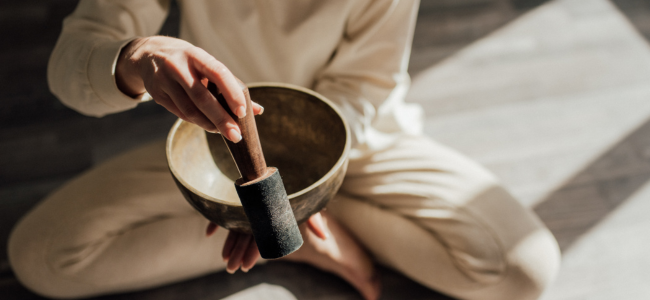What's Your Nervous System Regulation Style?
Discover your unique approach to nervous system regulation with this quick and engaging quiz! In just a few minutes, you’ll uncover your personal strengths and preferences for finding balance and calm.
Whether you’re looking to better understand your natural tendencies or want tailored tips for enhancing your well-being, this quiz is designed to provide insight and actionable tools to support your regulation journey.
Click "Start Quiz" to learn more about your regulation style and how it can help you thrive!















The Thinker:

Cognitive approaches work best for you. You enjoy understanding the "why" behind your emotions and benefit from structured regulation tools, like journaling or thought reframing.
Tips:
- Use reflective practices, such as daily journaling or gratitude exercises, to process your thoughts.
- Learn about nervous system science to deepen your understanding of your emotional patterns.
Regulation Technique:
Cognitive Reframing: When facing a stressful situation, write down the thoughts running through your head. Then, challenge yourself to reframe them into a positive or neutral perspective.
Sensory Seeker:

You thrive on sensory-based regulation tools, such as deep breathing, aromatherapy, or calming music. Sensory inputs help ground you and bring you back to balance.
Tips:
- Create a sensory toolkit with items like noise-canceling headphones, soothing scents, or stress balls.
- Spend time in calming environments, like nature or quiet spaces, to recharge.
Regulation Technique:
Scent Anchoring Breaths: Place a drop of a calming essential oil (diluted if necessary) on a tissue or handkerchief. Hold it a few inches from your nose and take 3-5 deep breaths. Alternatively, rub the oil onto your wrists or a cotton ball and inhale gently. Focus on the soothing scent to help ground you in the moment.
The Connector:

Social connection is a key element of your regulation style. Spending time with loved ones or participating in group activities helps you feel grounded and balanced.
Tips:
- Schedule regular catch-ups with friends or family to maintain a strong support network.
- Join a community group, like a yoga class or hobby club, to nurture your relational needs.
Regulation Technique:
Co-Regulation Conversation: Call a trusted friend or family member and share how you’re feeling. Engaging in supportive dialogue can help you feel heard and regulated.
The Soloist:

You prefer solo techniques for self-regulation, such as mindfulness, body scans, or grounding exercises. Quiet time alone helps you find balance and recharge.
Tips:
- Create a dedicated space at home where you can practice mindfulness or relaxation techniques.
- Use grounding exercises when you feel overwhelmed to bring yourself back to the present.
Regulation Technique:
Body Scan Meditation: Close your eyes and focus on each part of your body, starting at your toes and working your way up to your head. Acknowledge areas of tension and consciously release them.
